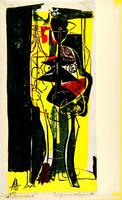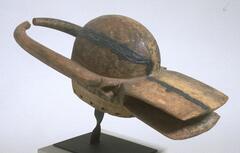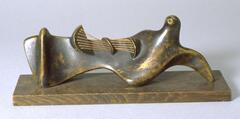1768 UMMA Objects
1768 UMMA Objects
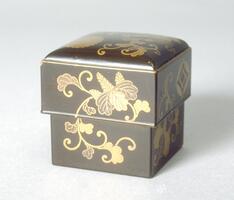
Japanese (Japanese (culture or style))
Container with lid
1800 – 1850
Bequest of Margaret Watson Parker
1955/1.162A&B
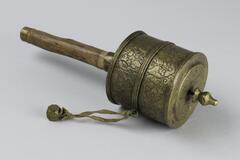
Tibetan (Tibetan (culture or style))
Prayer Wheel (Mani Wheel)
1833 – 1932
Gift of the Estate of Maxine W. Kunstadter in memory of Sigmund Kunstadter, Class of 1922
1983/1.423
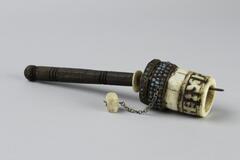
Tibetan (Tibetan (culture or style))
Prayer Wheel (Mani Wheel)
1833 – 1932
Gift of the Estate of Maxine W. Kunstadter in memory of Sigmund Kunstadter, Class of 1922
1983/1.424

Walker Evans (American (North American))
Robert Frank's House, Nova Scotia
1971
Gift of Mr. and Mrs. Harry H. Lunn, Jr., in Honor of the Centennial of The Michigan Daily
1990/2.40
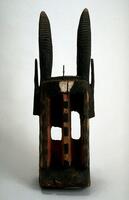
Dogon (Dogon (culture or style))
Walu Antelope Mask
1900 – 1971
Museum Purchase assisted by the Friends of the Museum of Art
1971/2.26
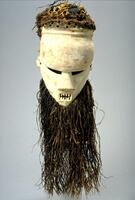
Salampasu (Salampasu)
Mask (Kasangu)
1920 – 1960
Museum Purchase assisted by the Friends of the Museum of Art
1971/2.44

Dame Barbara Hepworth (British (modern))
Sphere with Colour (Grey and White)
1965
Museum Purchase
1967/1.43
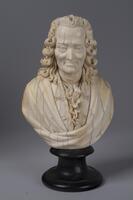
Joseph Rosset
Voltaire (François-Marie Arouet) (1694-1778)
1726 – 1786
Museum Purchase made possible by the Friends of the Museum of Art
1969/2.14
Loading…
